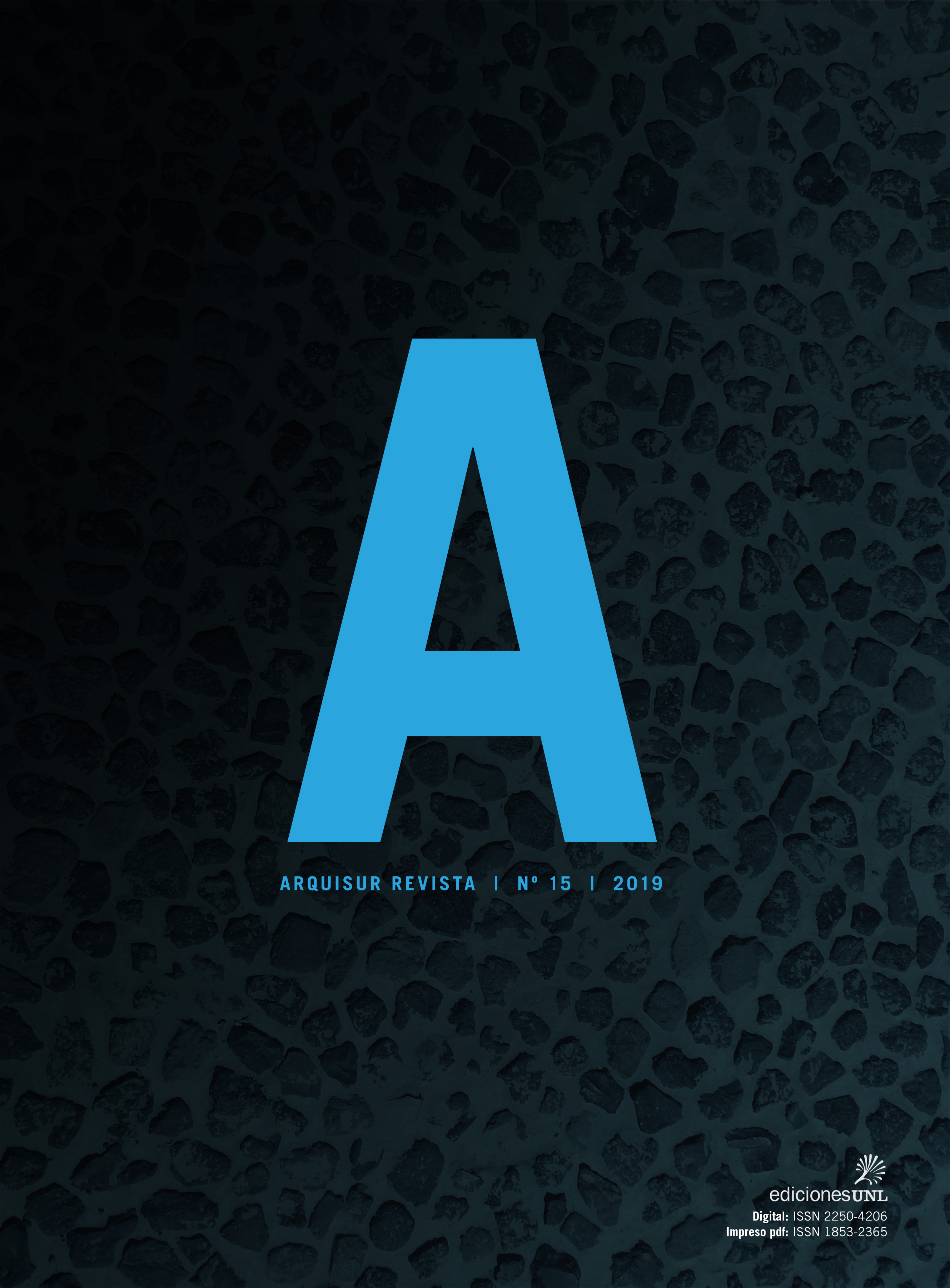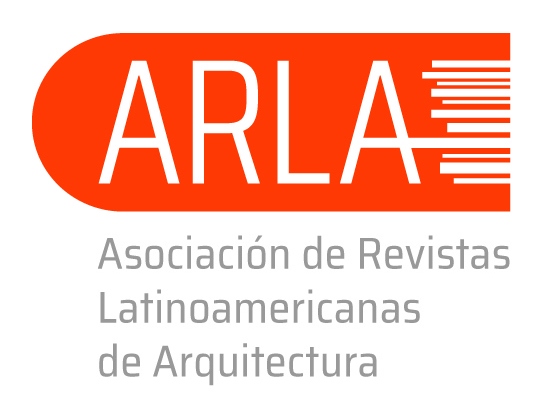MEVIR, rural life and communities
An ethnographic approach
DOI:
https://doi.org/10.14409/ar.v9i15.7910Keywords:
adulthood, rural architecture, youth, housing policy, UruguayAbstract
This article presents the results of an ethnographic research carried out in Pueblo Gallinal (Paysandú, Uruguay). Its aim was to understand the links between young and adult generations, in relation to contextual and historical aspects as the sources of work and the type of housing, in this case built through public policy of MEVIR. Field work was extended for one year, between 2014 and 2015 involving participant observation, in depth interviews, review of sources and informal conversations with local people. The text concludes that housing policies build a specific type of social space that affects the ways young and adults live together, but this ways of being together is crossed by power relations and intergenerational modes of inequality that place young people in a subordinate position. This article seeks to promote the dialogue between anthropological and architectural knowledge, placing in focus the senses and social relations produced in a specific scenario.
Published
How to Cite
Issue
Section
License
ACCESO ABIERTO
ARQUISUR Revista es una publicación de acceso abierto y sin ánimo de lucro. No se imputan cargos por la recepción, revisión, evaluación, publicación ni acceso a sus contenidos. Se distribuye bajo una Licencia Creative Commons CC Atribución-NoComercial-SinDerivadas 4.0 Internacional (CC BY-NC-ND 4.0): No se permite un uso comercial de la obra original ni la generación de obras derivadas. Esta licencia no es una licencia libre, y es la más cercana al derecho de autor tradicional.
DESCARGO
Los criterios expuestos en los artículos son de exclusiva responsabilidad de sus autores y no reflejan necesariamente la opinión del Comité Editorial ni de la Dirección Editorial Técnica. Los derechos de los artículos publicados pertenecen a sus autores o editoriales. Los autores ceden sus derechos de publicación al Centro de Ediciones de la Universidad Nacional del Litoral de Santa Fe, Argentina.














